
One of the potential issues with micro-hybrid/Start-Stop vehicles comes in the shape of replacing the battery which, unlike a traditional starter battery, is not a simple procedure. It requires both skill and a diagnostic tool to ensure the correct installation is completed and any error messages resolved.
To overcome this matter, Manbat, the UK’s primary distributor for VARTA®, is encouraging workshops to invest in the VARTA® Start-Stop Service Program (VSSP 2.0) device from Johnson Controls. The VSSP 2.0 provides them with the complete solution, not just for Start-Stop battery installation, but for battery testing too. To help workshops understand why they need the tool, the following step-by-step guide shows the key features of the VSSP 2.0 and how it can help lead them through the obstacles they may face.
How to use the tool
Once the VSSP 2.0 has established its initial Wi-Fi connection and the workshop has registered as a user, the device is ready to begin the battery test (pictured below).
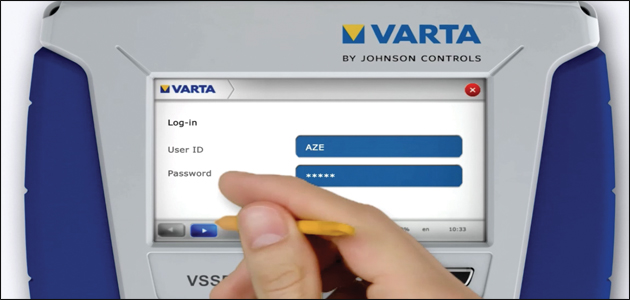
The device is connected to the vehicle via the central EOBD interface (Fig 2) and the Start-Stop diagnosis function is selected from a choice of four functions on the on-screen menu (Fig 3).

Fig 2
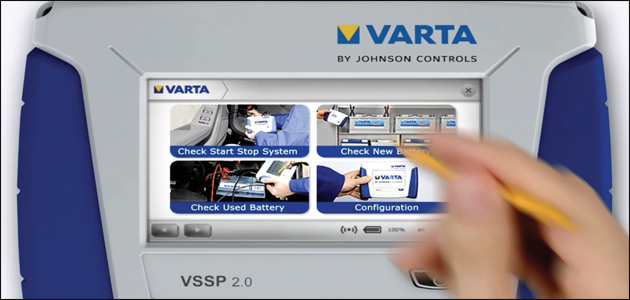
Fig 3
The vehicle is then identified through the VIN number either automatically or manually (pictured below) to ensure the exact vehicle match.
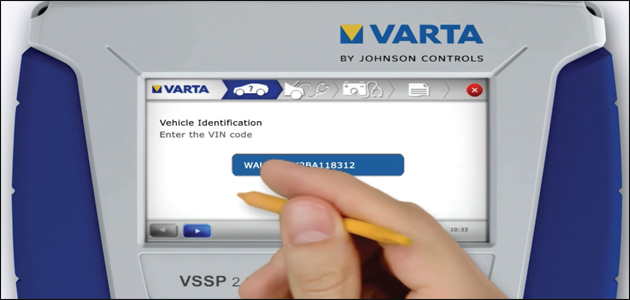
VSSP 2.0 then runs through the Start-Stop system via the vehicle’s ECU and the error codes selected.
The battery is then tested following a series of on-screen instructions and the comprehensive test results, which include the status of the battery, alternator and starter motor (Fig 5) are then printed out to provide the technician with a report that contains all the details required to ensure the correct resolution (Fig 6).
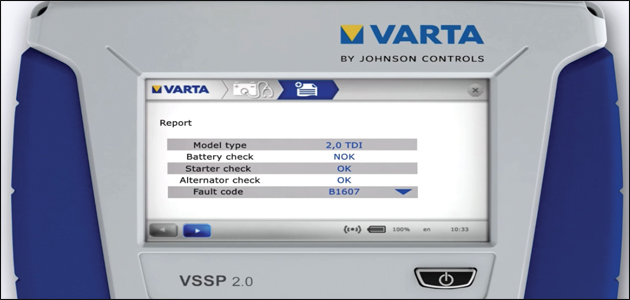
Fig 5
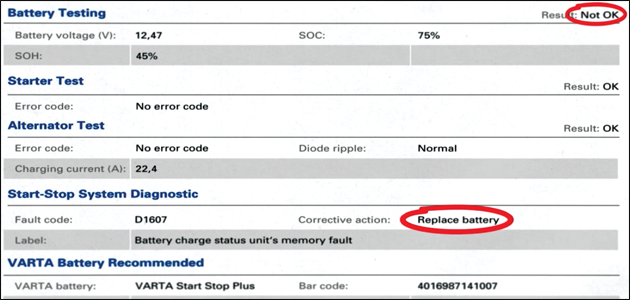
Fig 6
It is also able to demonstrate the legitimacy of the diagnosis to the customer and as a quotation for the replacement battery, should one be required.
If this is the case, the VSSP 2.0 will then delete the vehicle’s error codes and using the camera built into the back of the device, the technician can scan the 2D code on the battery (pictured below).
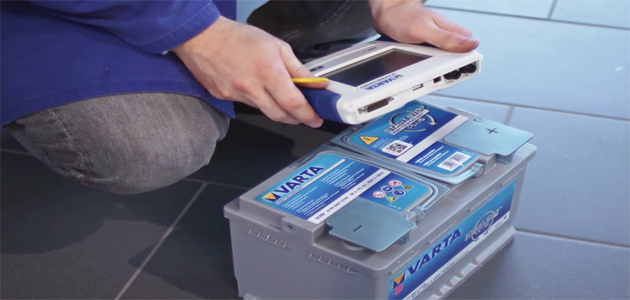
The code is then verified to ensure the battery is the exact match for the vehicle.
As the battery in a Start-Stop vehicle can often be positioned in an unconventional location, the VSSP 2.0 first directs the technician to the correct location and then clearly explains the process for the removal, replacement and reconnection of the battery (pictured below).
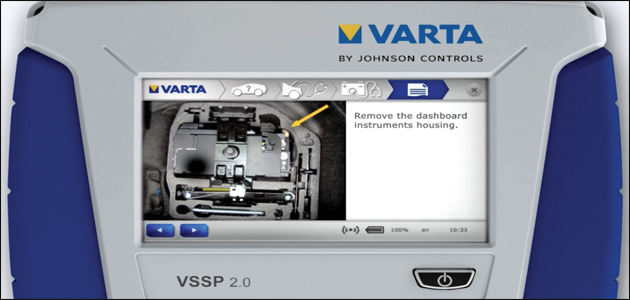
Once installed, the exchange is confirmed on the VSSP 2.0 and the battery is then confirmed by the vehicle’s electric systems, after which, a final battery test is undertaken (pictured below).

These results can also be printed to confirm the successful installation.
Finally, the individual battery number can be written into the vehicle’s service book and the VARTA Roadside Assistance leaflet, because motorists that have a VARTA Start-Stop battery installed using the VSSP 2.0 and who register the number with VARTA online, will be covered by a two year roadside assistance service in the event of the battery failing.
VSSP 2.0 can also be used to test a conventional starter battery without the need to disconnect it from the vehicle (pictured below).
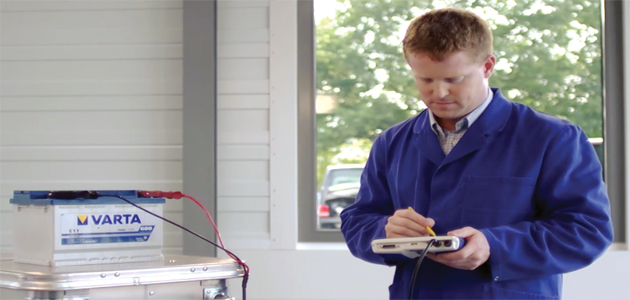
As with the Start-Stop battery test, the VSSP 2.0 will provide a report, which can be printed if required. The device can also test the condition of stored batteries.
Profit potential
Manbat is keen to speak with workshops that are willing to invest in their business to ensure that they are able to benefit from the opportunities that StartStop vehicles provide them. The VSSP 2.0 enables them to unlock an important part of this potential and should therefore be high on the list of priorities for the forward-thinking workshop looking at micro-hybrid technology.









